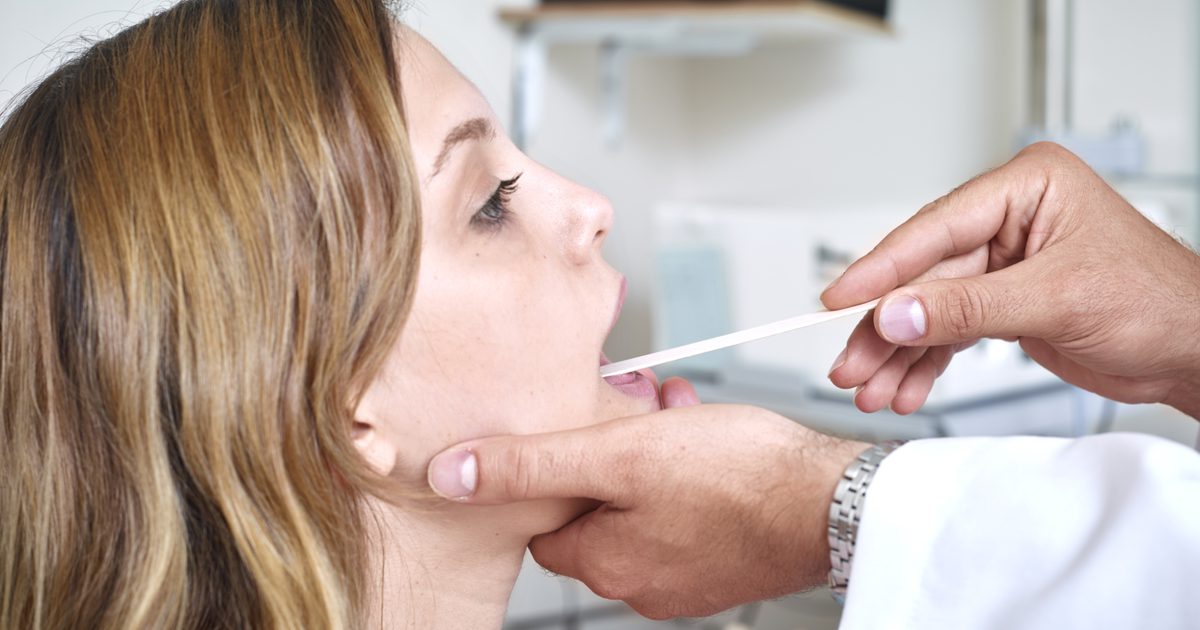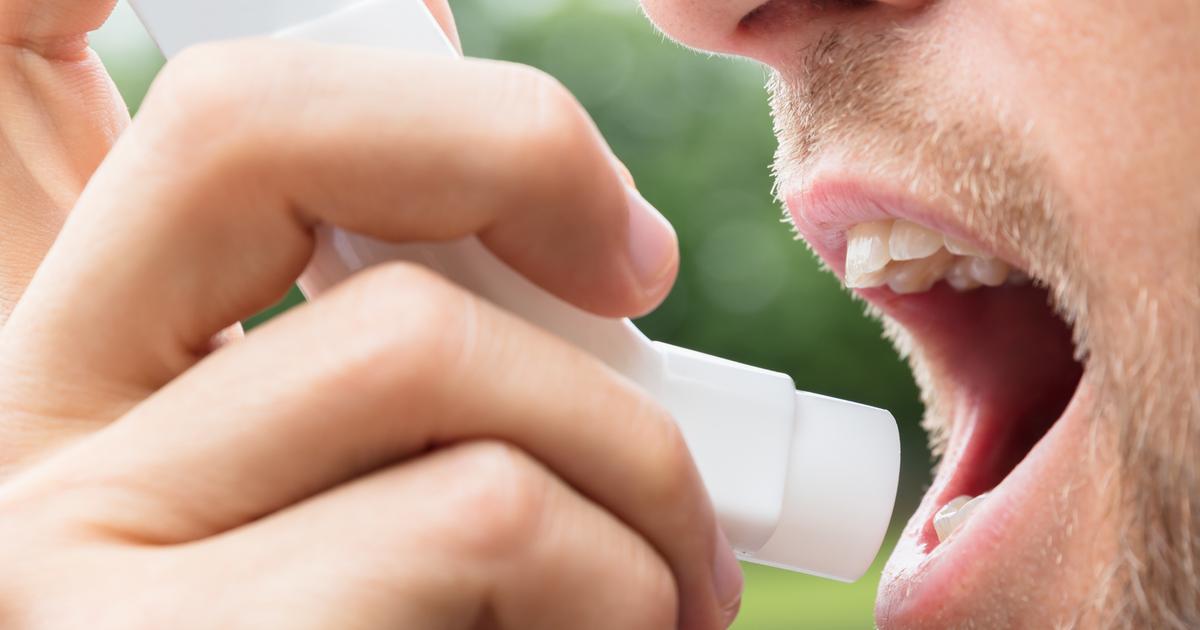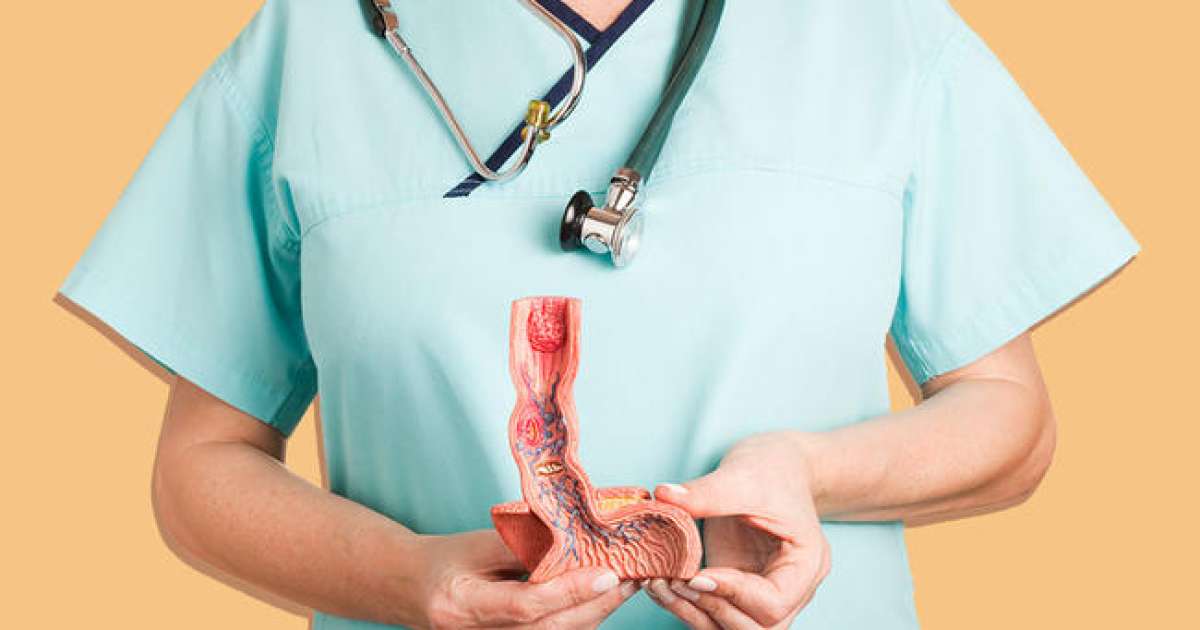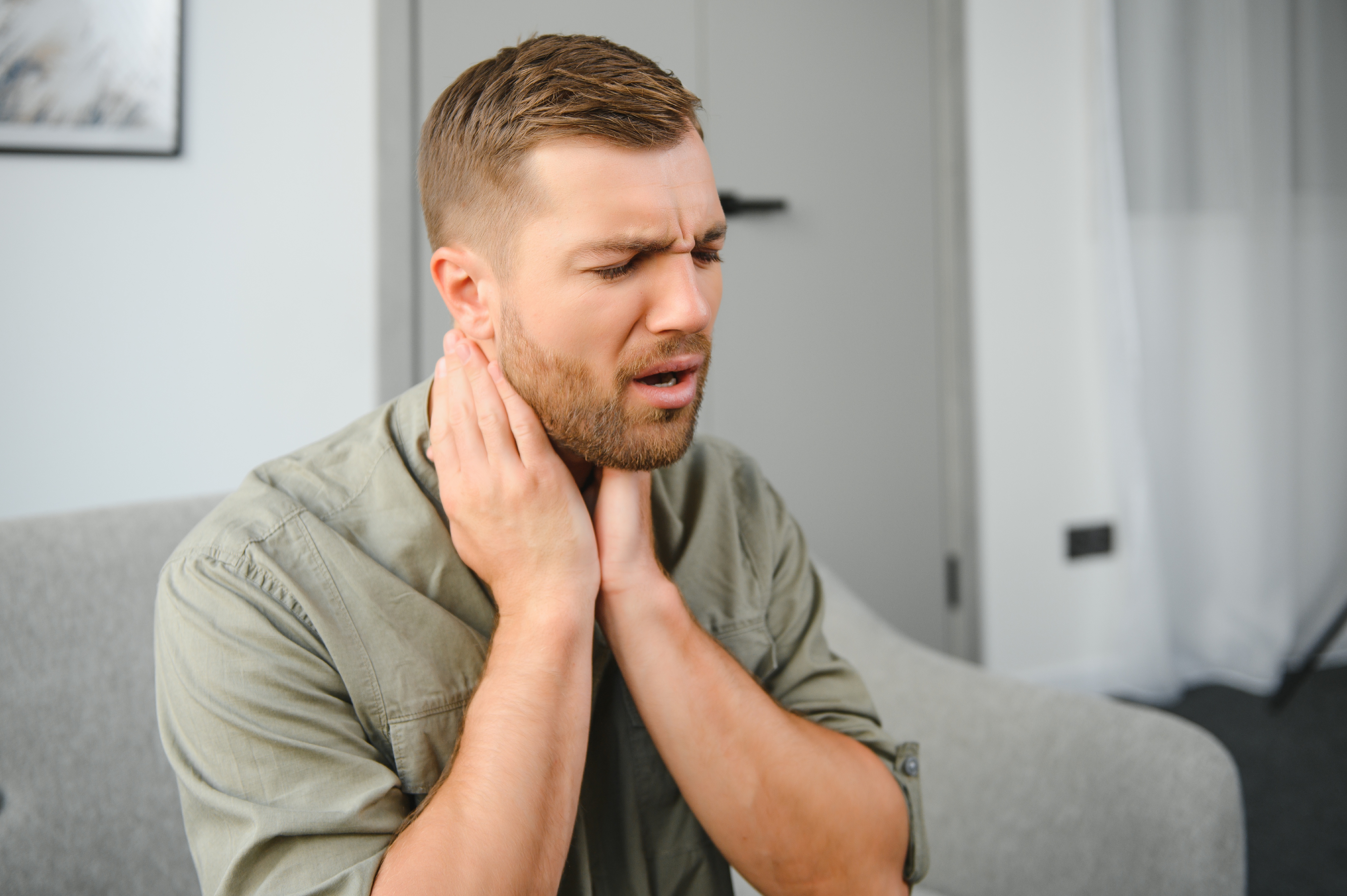17 Gastro Gaffes: When Ignoring GERD Gets Gravely Gutsy
An occasional bout of heartburn after a heavy meal might seem harmless—but when that burning sensation becomes a regular visitor, it could be a warning sign your gut is sounding the alarm. Gastroesophageal reflux disease (GERD) occurs when stomach acid routinely flows back into the esophagus, irritating its delicate lining and triggering symptoms far beyond simple discomfort. Left unchecked, GERD can lead to chronic inflammation, tissue damage, and even increase the risk of serious complications like ulcers, strictures, and esophageal cancer. The kicker? Many people ignore the signs until they become impossible to overlook. That’s why we’ve expanded our list to 17 Gastro Gaffes—revealing the overlooked, misunderstood, and downright dangerous consequences of untreated acid reflux. Your digestive system is more than just plumbing—it’s a vital part of your health. And when it speaks, it’s wise to listen.
1. Esophagitis

Individuals suffering from gastroesophageal reflux disease have to deal with things such as food, acid, and digestive fluids travel back into their esophagus. Over time, if actions are not taken to alleviate this, this can lead to an uncomfortable irritation and swelling in the esophagus known as esophagitis. When an individual's body has acid exposure in their esophagus for an extended period (even just a couple of weeks), they can develop inflammation in the lining, which can be incredibly uncomfortable and even painful. It can also allow the esophagus to become more prone to further detrimental erosion and scarring.
2. Esophageal Stricture

An individual affected by gastroesophageal reflux disease may develop an esophageal stricture when it is left untreated. A GERD patient experiences problems with the functionality of the flap of tissue referred to as the lower esophageal sphincter. The lower esophageal sphincter is responsible for keeping the contents of the stomach from moving back up into the esophagus. The esophageal lining does not have the same protective mucous layer the stomach tissues have, leaving these tissues more vulnerable to cellular damage when coming in contact with stomach acid. When the tissues of the esophagus become damaged, the patient's body repairs them with scar tissue, which is not as flexible as the tissue it is replacing in the esophagus and does not perform the same functions. This scar tissue can accumulate in the esophagus as more damage occurs over time. This buildup of scar tissue causes an esophageal stricture, a narrow spot in the patient's esophagus that causes problems with their ability to swallow.
3. Breathing Problems

Gastroesophageal reflux disease can especially affect those who suffer from respiratory conditions such as asthma. When stomach acid is inhaled following regurgitation existing breathing issues can significantly worsen. Even if individuals do not have any underlying breathing problems like asthma, GERD has been known to cause difficulty breathing and shortness of breath, especially when it is not treated promptly. In addition to this, treating these breathing issues with gastroesophageal reflux disease at play can be very tricky, as many GERD medications can increase the risk of pneumonia. If breathing issues are an issue for a patient, they should be sure to ask their doctor for assistance in determining what treatment options are best for their case.
4. Esophageal Ulcer

An individual may develop an esophageal ulcer as a complication of untreated gastroesophageal reflux disease. An esophageal ulcer is a painful sore that develops in the lining of the lower esophagus where the stomach meets the esophagus. The esophageal lining is not as protected as the stomach lining from corrosive stomach contents with a significant amount of stomach acid. As a result of this increased vulnerability of the esophageal lining and the mechanism of gastroesophageal reflux disease, there can be considerable erosion to the esophageal lining from recurrent exposure to stomach acid. This erosion forms an ulcer in a patient's esophageal lining. An esophageal ulcer causes patients to experience a persistent burning pain in their chest that worsens when eating certain foods or with a lack of fluid consumption. An esophageal ulcer can make it painful to swallow, cause vomiting, produce a dry cough, and cause the patient to have a sour taste in their mouth.
5. Barrett's Esophagus

The mechanism of how long term gastroesophageal reflux disease causes the development of Barrett's esophagus is not known, but it is thought to be related to alterations in cells during the healing process that takes place in the body. Barrett's esophagus describes when an individual's esophageal lining transforms from normal cells or squamous cells to intestinal-type cells or columnar cells. It is thought that years of esophageal damage due to the repeated exposure to stomach acid induces a defensive response by the body defined by this cellular transformation. The transition between squamous cells and columnar cells in the esophagus is referred to as metaplasia and is thought to be protective because the new lining tissues are more resistant to erosion by displaced stomach acid. Barrett's esophagus is diagnosed with the use of an esophageal tissue biopsy and does not have any symptoms independent of GERD.
6. Halitosis

The stomach contents that rise into the esophagus of a gastroesophageal reflux disease patient include regurgitated bile, undigested food, and stomach acids. All three of these components have strong odor properties that are known to linger long after the stomach contents have drained from the area. Undigested food that regurgitates from an affected individual's stomach can carry an overgrowth of gut bacteria that also lingers in the saliva near the throat and back of the mouth. The bacteria and acid that make their way into the oral cavity of a GERD patient also cause an overall compromise of the health of the teeth and the mouth. Poor oral health can also contribute to the manifestation of halitosis in an affected individual.
7. Pneumonia

An individual who is affected by gastroesophageal reflux disease may develop a lung infection that is referred to as pneumonia as a complication of their condition. The regurgitation of stomach contents in individuals affected by gastroesophageal reflux disease can cause their epiglottis to malfunction. The epiglottis is the membranous flap of tissue that closes the windpipe off when an individual swallows food or fluids. When stomach contents move up the esophagus and near the epiglottis, it can allow for food or fluid particles to be inhaled into the lungs. The food or fluid particles provide an opportunity for bacteria to make their way into the lungs when they are aspirated. Patients who develop pneumonia due to GERD will experience symptoms such as a productive cough, fever, chest pain, trouble swallowing, rapid heartbeat, appetite loss, hoarseness, fatigue, confusion, breathlessness, and blue-tinted skin. Aspiration pneumonia can be prevented through the successful treatment of gastroesophageal reflux disease.
8. Laryngitis

Chronic acid reflux can irritate the throat and larynx (voice box), leading to laryngitis. This condition causes inflammation of the vocal cords, resulting in hoarseness, voice changes, and even temporary loss of voice. GERD-related laryngitis may also cause a persistent need to clear the throat or a sensation of tightness when speaking. Unlike traditional laryngitis caused by viral infection, GERD-induced laryngitis typically presents without cold symptoms and may worsen after meals or when lying down. Managing acid reflux through diet, positioning, and medications can help reduce vocal cord irritation and restore normal voice function.
9. Dental Erosion

The backflow of stomach acid into the mouth can silently erode dental enamel over time. This acid wears down the protective coating on teeth, leading to increased sensitivity, discoloration, and higher risk of cavities. GERD patients may not always notice the reflux reaching their mouth, especially during nighttime episodes. Dentists often detect GERD-related erosion during routine exams, particularly on the back surfaces of teeth. Using fluoride toothpaste, rinsing with water after reflux episodes, and addressing GERD directly can protect oral health and prevent long-term dental complications.
10. Chronic Cough

One of the more overlooked complications of GERD is a persistent, dry cough. In many cases, this cough is not caused by lung or airway disease, but by acid irritation of the esophagus or larynx. This is known as “extra-esophageal reflux.” The cough tends to worsen at night or after eating and may be accompanied by throat clearing or hoarseness. Because it’s often misdiagnosed as asthma or a respiratory infection, GERD-related cough should be considered in patients with no obvious lung findings. Treatment of reflux typically resolves the cough over time.
11. Sleep Disturbances

GERD can significantly interfere with sleep quality. Acid reflux episodes tend to worsen when lying flat, as gravity no longer helps keep stomach contents down. This can lead to nighttime coughing, sore throat, chest discomfort, or a choking sensation that disrupts rest. Chronic sleep fragmentation may cause daytime fatigue, irritability, and reduced cognitive performance. Elevating the head of the bed, avoiding late meals, and taking prescribed antacids or PPIs before bedtime can reduce nocturnal symptoms and improve sleep continuity.
12. Vocal Cord Nodules

Chronic acid exposure from GERD can irritate and inflame the vocal cords, leading to the development of vocal cord nodules—small, benign growths that impair voice function. These nodules make the voice sound hoarse, raspy, or strained. Individuals who frequently use their voice, such as teachers or singers, may be especially vulnerable. GERD treatment is essential to reduce vocal irritation, and voice therapy may be recommended to retrain vocal habits. In rare cases, surgery may be necessary to remove persistent nodules.
13. Increased Risk of Esophageal Cancer

Barrett’s esophagus—a known complication of chronic GERD—can significantly increase the risk of esophageal adenocarcinoma. Although most people with GERD won’t develop cancer, long-standing reflux can lead to cellular changes in the esophagus that become precancerous. Regular monitoring with endoscopy and biopsies is recommended for patients with Barrett’s esophagus. Early detection of dysplasia (abnormal cells) allows for prompt intervention and may prevent the progression to cancer. Lifestyle changes and aggressive acid suppression therapy are key to reducing this risk.
14. Globus Sensation

Globus sensation is the persistent feeling of a lump or tightness in the throat—despite no actual obstruction. Though not painful, it can be distressing and is often linked to GERD-induced inflammation of the throat and upper esophagus. Unlike dysphagia, it does not involve difficulty swallowing. It may worsen with stress or frequent reflux episodes. Treating the underlying GERD usually improves symptoms. Patients are also advised to avoid throat clearing, which can further irritate the tissue.
15. Iron Deficiency Anemia

Chronic esophageal inflammation and ulcers caused by GERD can lead to slow, unrecognized blood loss over time. This can eventually result in iron deficiency anemia, especially in older adults. Symptoms may include fatigue, pale skin, dizziness, and shortness of breath. Routine blood work may reveal low hemoglobin and ferritin levels. In such cases, doctors often conduct upper GI endoscopy to identify and treat esophageal lesions. Iron supplements and targeted GERD therapy are used to correct the anemia and prevent recurrence.
16. Hoarseness and Voice Fatigue

Frequent acid reflux can lead to chronic hoarseness and vocal fatigue, especially in individuals who use their voice often. The acid irritates the tissues of the larynx, leading to swelling and inflammation that affects vocal cord vibration. Over time, patients may find it harder to project their voice or sustain speech without strain. The hoarseness is often worse in the morning or after meals and may be mistakenly attributed to allergies or respiratory infection. Treating GERD and using voice conservation techniques can significantly reduce symptoms and protect vocal health.
17. Poor Appetite and Weight Loss

For some individuals, chronic GERD symptoms—such as burning, nausea, pain while swallowing, or persistent sour taste—can lead to reduced interest in eating. Over time, this may result in unintended weight loss and nutritional deficiencies. In severe cases, esophageal strictures or ulcers can make eating physically painful, reinforcing food avoidance. Ensuring symptom control through medication, dietary changes, and possibly soft or liquid-based nutrition plans can help restore appetite and support healthy weight maintenance.
Heartburn may feel minor in the moment—but as this list of 17 Gastro Gaffes makes clear, ignoring GERD can spiral into far more serious territory. From chronic coughs and sleep disturbances to ulcers, pneumonia, and even cancer, the consequences of untreated acid reflux reach well beyond the esophagus. The danger lies in the delay—many symptoms creep in quietly, often mistaken for unrelated issues until damage is already underway. The good news? Most GERD-related complications are preventable with timely diagnosis and consistent management. Whether it’s medication, diet changes, or lifestyle shifts, taking action early means preserving not just your gut health, but your voice, sleep, nutrition, and overall quality of life. So don’t wait until your symptoms scream for attention—listen to your body when it whispers. Reflux doesn’t have to rule your routine, but ignoring it? That’s a gamble you don’t want to take.